Among lovers of various meat delicacies ham wields authority. It has a delicate taste, a pleasant aroma and is a light meat that is consumed by a wide range of people.
Among the many types of this delicacy, there are real masterpieces, the price of which is impressive. The most expensive in the world, according to the Guinness book, is a Spanish delicacy called jamon iberico de bellota. It costs 4, 100 euros per leg and is globally valued.
What is jamon, how is it made and what made it so famous? These are interesting questions for any lover of this dried delicacy and especially for Spanish jamon fans. Here is its brief history.
Jamon - creation of the national treasure of Spanish cuisine
All countries in the world where pigs are raised make ham from pork. However, only the Spanish manage to create a cult from their pork ham, simply called jamon, which translates to just ham. They translate it as pressed ham.
The delicacy called jamon is truly unique to Spain. This fact can be felt in the way the Spanish view the tradition of its production and everything surrounding its history.
Jamon is salted pork. The Romans called this product pork salt. Keeping pork edible for a long time was a Roman patent. Their recipe for salting is first given in the book of Cato the Elder - De re Agricola. It dates back to the 2nd century BC.
About 29-19 years before the new era, the Romans enslaved the people of the Iberian Peninsula and handed them this technique, which reached the pinnacle of cooking for them.
As early as this early period in Spanish history, people used a method for cleaning pork for storage and transportation. The Romans were surprised by the achievements of the Spaniards and soon the whole empire learned about it. Evidence of this Spanish miracle can be found in the archives of Emperor Diocletian. The military poet and historian Marcus Varro also mentions the famous jamon in his letters.
What is the meaning of jamon to people?
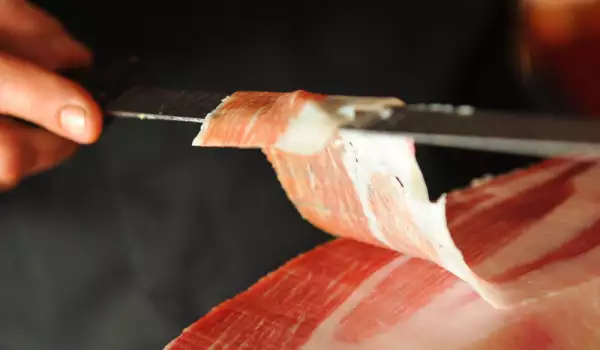
It saves poor families from starvation. This meat formed the basis of the food of the soldiers in various campaigns. At the same time it graced the emperors' tables. It was in every market. In the expeditions to discover America, crew members had Castilian bread and jamon from Iberian pigs as their staple food.
Through the colonies established by the Spaniards in the eighteenth and nineteenth centuries in the New World, jamon was introduced to most of the people of these continents.
Over the centuries, the recipe for making jamón has remained unchanged. Raw ham goes through salting and smoking, but not everything is so simple. The preparation of jamon requires compliance with certain conditions related not only to the technological process, but also to the selection and raising the pigs.
Selection of raw materials for production and types of jamon
The famous Iberian ham is the culmination of a harmonious natural process based on local traditions. In this delicacy, the entire environment where this food is prepared plays a role. It includes the altitude, topography of the place, climate, human factor of care, traditions and others.
Acorns or bellotas from stone and cork oak are the main food of Iberian pigs. This diet turns them into four-legged olive trees in the poetic comparison of Francisco Grande Covian - nutritionist, food specialist. Thanks to acorns, 50-60 percent of pig fat consists of oleic acid. This is the same acid that makes olive oil such a healthy food.
The free living conditions, the different metabolism of the animals, the natural meat drying process contribute to its incredible health benefits, as well as its exceptional taste qualities.
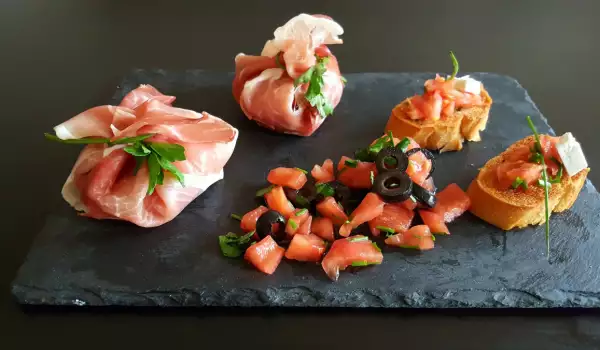
The whole variety of this culinary discovery of the Spaniards comes in two types: jamon iberico and jamon serrano.
Jamon serrano - the literal meaning is mountain ham is a very high quality raw cured ham that is made only from white breeds of pigs.
Jamon ibérico or pata negra, which translates to black leg, is a term that has gained popularity as a synonym for high-end ham, which is made from the Iberian breed of pig. They are descendants of the wild boars of Iberia.
The Spanish produce about 10 percent of pata negra and the rest is serrano. They are in no hurry to part with their national delicacy, but the control over the quality of serrano, which is the main part of their export, is no less strict, because it is not only about preserving ancient traditions, but also about the international prestige of the country.
Technology of production of jamon
Pigs have two front legs, called paletas. They weigh 3-4 kilograms. Their rear legs are twice as heavy and the classic jamon is prepared from them. The rear leg is always more expensive than the front leg if the price per kilogram is taken.
First, the skin and excess fat are cut off. The pig's leg is then placed in a cold room. It is literally dipped in a large amount of salt and left for several days.
The extra salt is removed and the ham is closed to dry. This period is the most difficult. The ham is constantly being moved to different rooms at different temperatures. It is left to sweat, as the experts say and excess moisture and grease are removed. The final ripening takes place in 10-12 months.
The final step of the process is confirmed by experts.
Jamon in its finished form has a delicate texture, a bright pink-red color with a marble pattern. Its aroma is intense and saturated and its taste is unusually pleasant.
Serving jamon
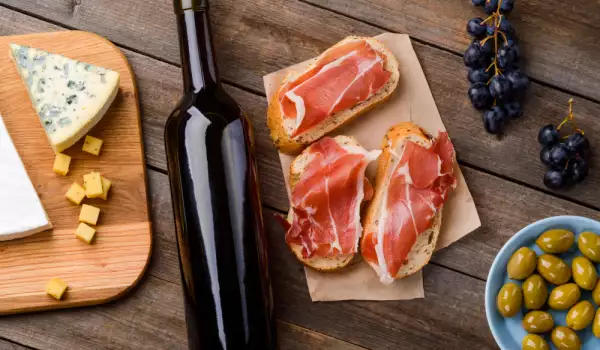
This undeniably exquisite delicacy jamon is served hand cut into perfect, thin, almost transparent slices.
Its aroma with a hint of roasted nuts and fruit oils is felt immediately after it is placed in the mouth, where it melts slightly. Its taste is a real delight, bordering on bliss, which can be enhanced with a glass of red wine, dry sherry or Spanish cava sparkling wine.
To slice jamon for consumption, a flexible and sharp knife is needed to obtain thin slices. A special cutting board is also needed, remembering that it is best to cut the amount that will be consumed immediately.
Storing jamon
This product fully deserves the definition of capricious, but this does not mean at all that huge refrigerators or any special rooms are needed. The usual and constant room temperature is sufficient for its storage. It must be protected from both heat and cold. The best position in which it can be held is the vertical position, fixed on a special stand.
When consuming, it is important that where a piece is cut, it is not allowed to dry out. It can be covered with something. Chopped pork fat or skin are suitable, it can be brushed with olive oil and covered with parchment paper. The meat retains its excellent taste for about 4 months.
To be transported, the product is wrapped in cling film if the transport will last up to 1 day. For longer transport use parchment paper, a cotton bag or foil.
A few facts about jamon
It is not true that some varieties are pre-marinated with various spices. The recipe is unchanged for all tastes. The difference is determined by the amount of salt, the humidity of the storage room and the drying time, which is the most important.
This product is not suitable for freezing. This will spoil this expensive delicacy. It is bought to be eaten immediately.
Four are the traditional areas for jamon production. If one wants to taste a truly quality product, one must bear the stamps of the traditional 4 areas of jamon production. Everyone deserves to feel like caressed by fate and jamon is able to evoke that feeling.
If all you've read has piqued your culinary curiosity as well, check out our jamon recipes and if you want to make your own ham, check out these homemade ham recipes.
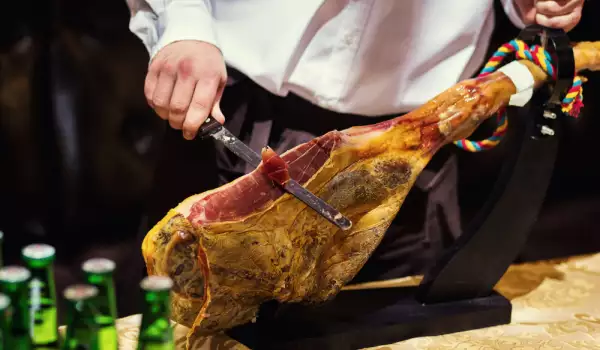

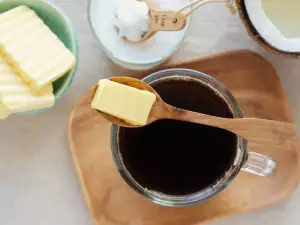


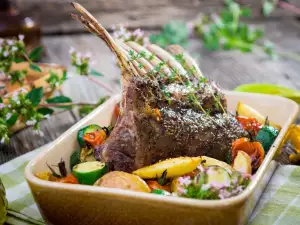

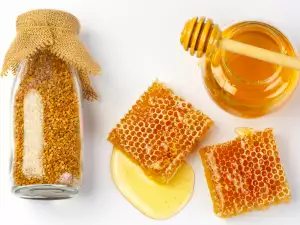
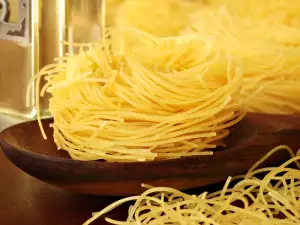


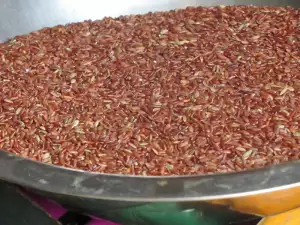
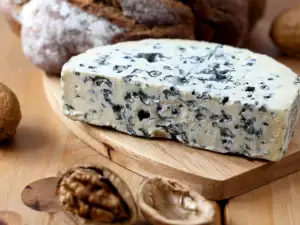
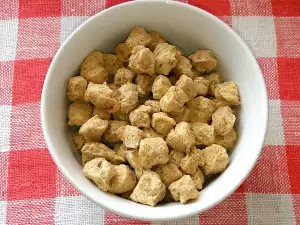
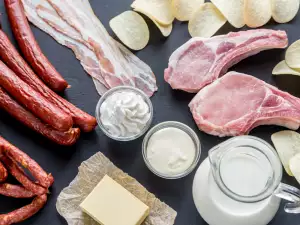





Comments